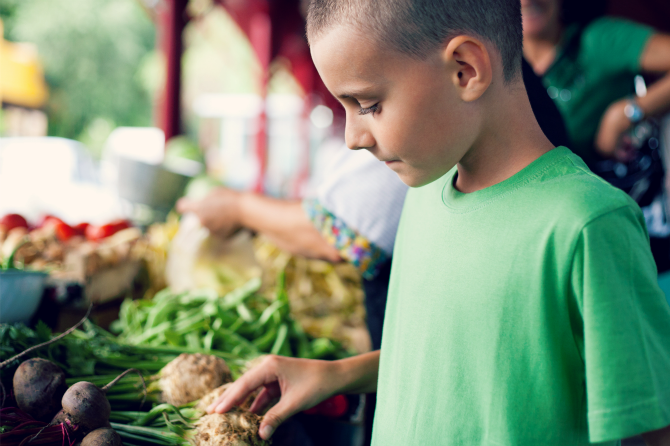“When school lets out, millions of low-income children no longer get a healthy breakfast or lunch, but the USDA’s summer meals program helps to fill that gap and is an invaluable investment in the future of America’s children,” said Tom Vilsack, Agriculture Secretary.
“Poor nutrition during the summer months can have a negative impact on a child’s health, as well as their academic performance during the school year. Communities across the nation can work with us to ensure that all children have access to healthy foods, all year long.”
In order to reach more eligible children, the United States Department of Agriculture (USDA) is working with local governments, faith and community groups, and various partners to fill the summer meals gap. USDA is providing intensive technical assistance to expand the reach of the program due to high levels of rural or urban food insecurity and historically low program participation rates.
USDA’s summer meals programs operate through partnerships between USDA, state agencies and local organizations. Local sponsors, such as schools, local government agencies, faith-based and nonprofit community organizations, and residential and non-residential camps provide free meals and activities to eligible low-income children during the summer months.
In 2012, USDA’s partners served 144 million summer meals at 38,800 sites, feeding approximately 2.3 million children on a typical summer day.
America’s students now have healthier and more nutritious school meals due to improved nutrition standards implemented as a result of the historic Healthy, Hunger-Free Kids Act of 2010.
More than 3,200 farmers markets and farm stands are now authorized to accept payment through the Supplemental Nutrition Assistance Program (SNAP), an increase of nearly 100% since 2010.
USDA provides shopping strategies and meal planning advice to help families serve more nutritious meals affordably through its 10-Tips Nutrition Series and the Thrifty Food Plan.
Through USDA’s Know Your Farmer, Know Your Food initiative, the Department has worked to increase access to nutritious food through the development of strong local and regional food systems. The number of farmers markets increased by more than 67% in the last four years and there are now more than 220 regional food hubs in operation around the country.
No child should go hungry when school is out and children should be educated about eating healthy foods. For more information about local farmer’s markets or the Summer Food Service Program, visit the links below…







